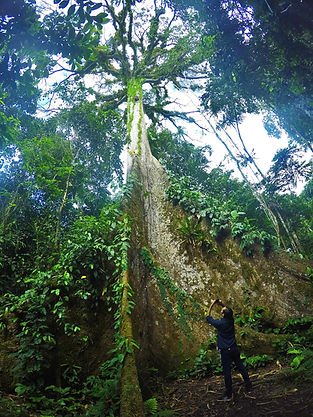
Amazon Jungle


Conformed by 120,000 km2 of exuberance in its maximum expression, the Ecuadorian Amazon invites us to discover a world of infinite diversity, starting from its inhabitants - members of ancestral indigenous peoples - passing through its rich flora, fauna, landscapes and variety of activities to perform .
More than 13 indigenous native communities with their own languages, beliefs and traditions make the Ecuadorian Amazon a mega-cultural destination, which allows us to interact and know the customs of its inhabitants living directly with them. One of every ten species of flora and fauna known in the world is found here, so it is also considered the most mega-diverse place on the planet per square kilometer.


Amazon Jungle
ROUTES

Cuyabeno wildlife reserve has more than 550 species of birds, 60 species of orchids, more than 350 species of fishes. Also there lives a great unknown variety of insects and mushrooms. The rivers are home of reptiles such as anacondas, caimans, river turtles and many species of mammals, including the incredible Tapir (Tapirus terrestris).

Yasuní National Park extends over an approximate area. 10,200 km2 in the provinces of Pastaza, and Orellana between the Napo River and the Curaray River in the Amazon. The park, fundamentally jungle, was designated by Unesco in 1989 as a biosphere reserve and is part of the territory where the Huaorani nation is located. Two Wao factions, the Tagaeri and Taromenane, are groups in voluntary isolation.

There is a large concentration of Fauna in and around the reserve. The over 347 species of bird that live in the reserve make Birdwatching very popular attraction. Limoncocha also holds a large number of tortoises,caimans and a diverse population of fish.








